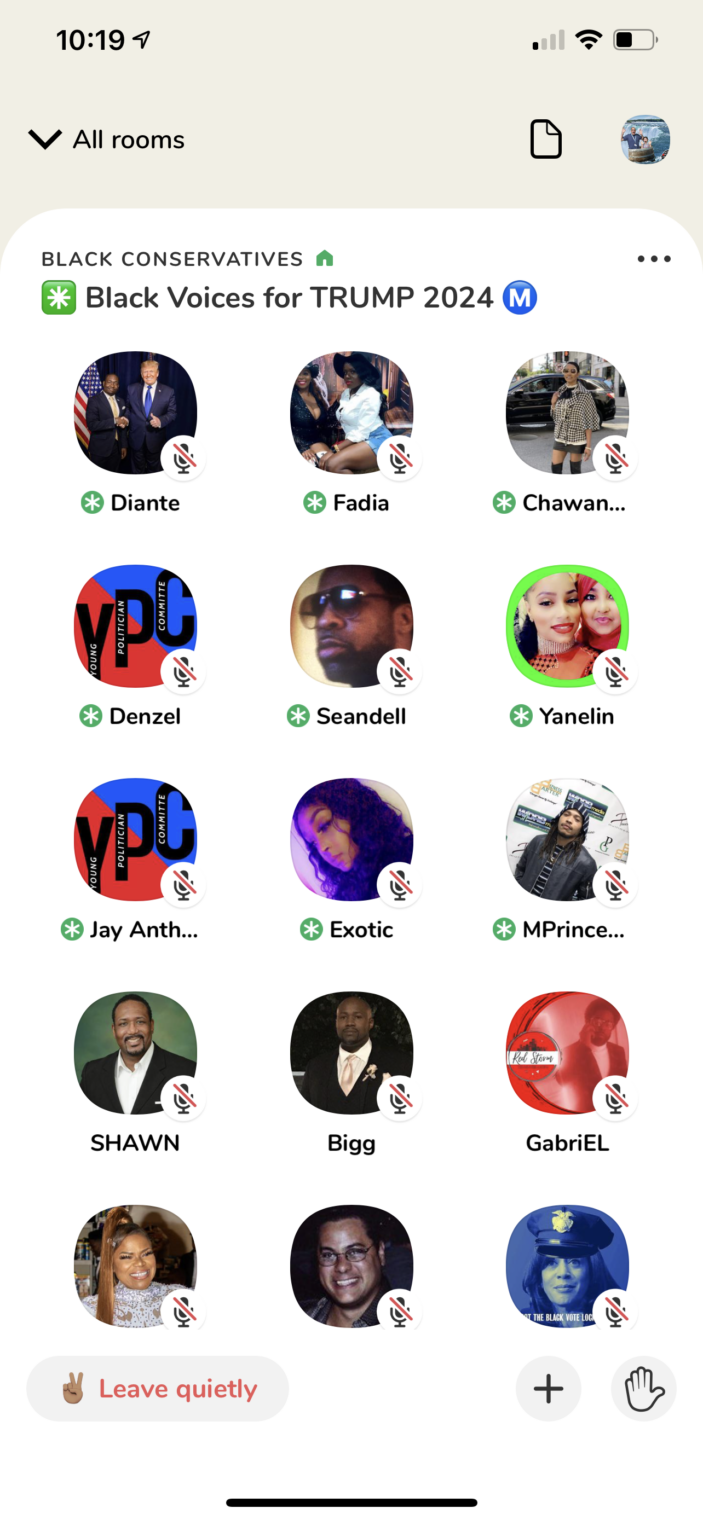Second week of outpatient pediatrics. My job for 80 percent of the visits is to differentiate between viral and bacterial upper respiratory infections (“URIs”). I take the history and physical for each cold and respond to questions about medication dosing. Then it is time to present the patient for two minutes while the attending fills out a SmartText in the clinic’s Epic system. Mother Mabel: “Once we realize you know how to conduct a basic exam, we want to see if you can parse the relevant findings from the ordinary.”
We see an 5-year-old who has red macules and patches all over her body. She’s not scratching and doesn’t even notice them. The rash started on her leg, and spread over her entire body. I have no idea what the rash is because it does not fit the standard viral exanthems (rashes) of childhood that we learned in medical school. As I am describing the case to Mother Mabel, she starts smiling. “I know exactly what this is.” Pityriasis Rosea. We tell the patient there is nothing to do but wait. “We believe it is caused by the immune system’s reaction to various viruses.”
We see a 13-year-old patient with Addison’s disease for a URI and dizziness. She and her mother knew a huge amount about managing her disease, including about the need to take extra stress dosing. Addison’s disease is an autoimmune attack destroying the adrenal glands. Without any cortisol, the body can become hypoglycemic in times of stress. During an infection, the patient is instructed to take an additional “stress” dose over her daily hydrocortisone level.
Mabel also gets excited by this one. We check her blood glucose to rule out hypoglycemia and prescribe antibiotics for a sinus infection: high dose amoxicillin. I talk to Busy Belle, the patient’s regular pediatrician, about management of Addison’s disease such as stress dosing and risk of other endocrine gland destruction. “I’m not sure, my N is 1.” Last year, Busy Belle saw the patient at the office in hypoglycemic shock. Her blood sugar was in the 30s, blood pressure was 80/35. She gave her some pedialyte solution and sent her to the hospital in an ambulance where she was diagnosed with Addison’s disease. Her most recent labs in the chart show a slightly elevated TSH (thyroid stimulating hormone) at her last visit with the pediatric endocrinologist, with whom she has an appointment next week. It seems that all the exciting management is done by the specialist.
A similar experience occurred on Wednesday with Mercedes Mike. He has accumulated several patients with congenital heart defects. I see an adorable 4-year-old with hypoplastic left heart syndrome who came down with the sniffles. The mother brought her in to ensure she didn’t need immediate intervention. Her oxygen saturations were fine, so we sent her home until her F/U (“follow up”) with the cardiologist in a week. We talked afterwards about the various surgical management of hypoplastic left heart syndrome. Once again, all the interesting management, e.g., echocardiograms, CT surgery referrals, EKG evaluation, etc., is performed by the specialist.
Patterns emerge around risk factors by age group. Every girl with a chief complaint of back pain is going to be either a dancer or cheerleader. An 8-year-old who presented for a typical URI tells us that she dances competitively five days a week. I asked if she has back pain. The mother lights up: “Oh yes, tell him honey.” The expected five minute visit, turns into a complicated 20 minute neurological exam. Afterwards, Mercedes Mike asks: “What’s the elephant in the room you have to rule out in these patients?” I don’t know. I look it up and get back to him. Spondylolisthesis, where one vertebra slips forward from the one below. This can cause serious spinal cord injury if not treated.
My next patient stumbled and hit her head on the gym floor during cheer practice. My presentation: “A CT is not indicated. She has a benign neurological exam, no LOC [loss of consciousness], and only mild headaches. My assessment is she has a mild concussion from the fall and should return to practice only after she feels comfortable at school for a few days.” He responds: “I agree with you, but it’s better to not use your gut when there are evidence-based protocols. Look up the indications for a CT scan.” After 10 minutes of googling I find the PECARN (Pediatric Head/Injuries Trauma Algorithm) guidelines and summarize: “As long as there is not prolonged LOC, signs of basilar skull fracture and no altered mental status, it is unlikely to have a significant TBI requiring further intervention.” Mike responds, “Yep, look above your screen.” Taped to the wall above the nurse’s station is the algorithm figure from the original PECARN paper. According to the these guidelines, there is less than a one percent chance of a clinically-important TBI as long as there are no signs of LOC > 5s, Glascow Coma Score < 14 (GCS, standard metric to assess neurological status) or palpable non-frontal skull fracture. Mercedes Mike: “I’m a new attending, so if I were talking with a more experienced doctor about a patient with suspected TBI, I would definitely mention PECARN just so they know that I am familiar with the guidelines. As a new attending, you need to build trust with other doctors.”
[Later, to Jane: “If we ever have kids, they are not doing dance or cheer.”]
A middle-class white 16-year-old girl is next. Mom wants to increase her ADHD medication dose because of bad behavior at home. Instead of acquiescing, Mercedes Mike asked, “Why are you poorly behaved at home?” Teenager mumbles: “I just get mad when my mom and sister ask me to repeat myself.” Mike: “Well neither of you are perfect, but she’s in charge right now until you pay the bills. So try not to mumble” Teen: “I’m going to be working at Taco Bell soon.” Mike: “You’re not paying the bills yet.” Decision: no change in meds.
[Busy Belle suggests skepticism regarding schools’ recommendations for ADHD evaluation. “We always get teacher and coach evaluations as well as a parent evaluation of each kid. The symptoms need to be occurring in at least two different environments. I started to notice a lot of kids at one school were being recommended for ADHD medication. It turned out that the evaluations were the exact same letter with the names substituted. Boy, did they regret that. I contacted the county superintendent and the principal’s secretary was fired with a stern warning to the principal.” (Editor: the stern warning to the bureaucrat was softened only by a monthly paycheck, lifetime health insurance, and lifetime pension.)]
Outpatient pediatrics is helpful for understanding why diagnoses take a long time. A common reason for patients to come in is non-specific abdominal pain without any diarrhea, constipation, or vomiting. It’s not reasonable to get a full work up (CT, CBC, CMP, inflammatory markers) for a one-week history of GI pain. Patients arrive with only a vague story of off-and-on symptoms rather than a precise timeline. One of our common responses is handing out a symptom diary. Mother Mabel: “As a new attending I keep a slightly closer eye on my patients. Instead of telling them to come back in a month with a symptom diary, I’ll have them come back in two weeks for a follow up visit.”
The best part so far is playing with the adorable 4-8 month olds. However, most of what a pediatrician does is educate parents or tell students to get their act together and listen to mom (our typical patient lives primarily with a “single mom” and is well-behaved every other weekend with dad, but out of control in the mom’s house). Should seven years of training be required for this? A successful parent of four could do most of this job. A pediatrician is involved in the “interesting” kids only to manage common illnesses that pop up in between their visits to specialists.
Mike delivers a mid-clinic eval. “You’re doing fine. Use a template when you interview patients to not forget anything, but overall good job.”
Jane on pediatric hematology/oncology, an elective rotation, and has been bored because one of the hematologists is on vacation. Jane’s typical day: arrives at 8:30 am, her first two patients are (Medicaid) no-shows so her attending fills out paperwork in the office. She sits around waiting until her lecture at 12:30 for a journal club on the use of antibiotics and reflux medications in childhood leading to allergies. She waits all day to see two patients at 3 and 4:30 pm. She returns home: “I wanted to strangle a 7 year old today.” Strangle a kid with cancer? “He wouldn’t shut up, and he was in remission.”
Statistics for the week… Study: 8 hours. Sleep: 8 hours/night; Fun: 1 night. Meet classmates downtown for happy hour margaritas. Pinterest Penelope, also in pediatrics but in a different clinic: :”What I hate about third year so far is that you cannot plan anything. I rescheduled my own doctor’s appointment today so that I could be there for all the patients. The last two were no-shows. It’s just so much waiting, yet no free time.” (Penelope’s clinic serves an all-Medicaid population and there are no charges for failing to show up.)
The rest of the book: http://fifthchance.com/MedicalSchool2020
Full post, including comments 










